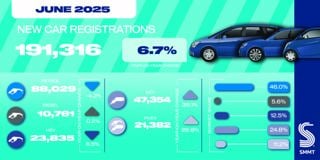The Bank of England cuts its forecast for wage growth today and said that how fast wages picked up would be key to determining the timing and pace of interest rate rises.
Just after official data showed British average wages suffered a year-on-year fall in the second quarter of 2014, the BoE cut its forecast for wage growth this year in half to 1.25% before picking up more strongly in 2015, reports Reuters.
It also forecast a bigger fall in unemployment than it had in its last set of forecasts in May, but otherwise left its projections for strong growth and contained inflation little changed.
The forecasts are based on market assumptions that the BoE will raise interest rates in February next year, three months earlier than when the BoE published its last forecasts in May.
This rise would likely make Britain the first major economy to raise interest rates since the end of financial crisis.
The central bank stuck with its pre-existing guidance that future rate rises would be gradual and to a level well below pre-crisis norms.
It also indicated that wage developments would be key to the exact timing of a rate move.
Britain's economy looks set to grow faster than any other big industrialised nation this year, and house prices have jumped by 10% over the past 12 months, raising fears of a new property bubble.
But the economy has only just recovered its size from before the financial crisis, having taken far longer than most of its peers to get growth going again, and wage growth is strikingly weak.
Figures released earlier on Wednesday showed that wages fell by 0.2 percent in the second quarter of this year compared to the same point in 2013 - a bigger drop than BoE had forecast.
But unemployment fell to 6.4%, and the BoE expects it to drop even more than it forecast before, sinking to 5.4% in two years' time, lower than the 5.9% it predicted in May.
However, this fall in unemployment does not necessarily point to inflation pressures.
The BoE sharply lowered its estimate of the so-called equilibrium unemployment rate - the rate at which the number of people out of work stops weighing on wages - to 5.5 percent from 6.25 percent.
It also cut its long-range forecast for this rate slightly to 5 percent, and said it might be revised lower in future if unemployment benefit changes from the Conservative-Liberal Democrat government forced more people to seek work.




















Login to comment
Comments
No comments have been made yet.